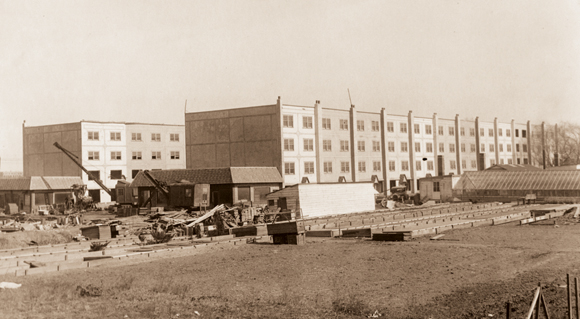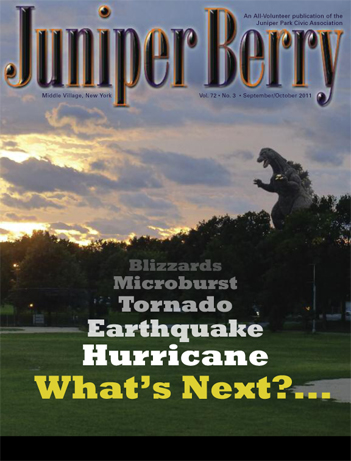(New York Times October 28, 1929) Edward P. Burwell, Superintendent of Buildings in Queens, will investigate today the group of buildings near Maspeth, L.I., which were being built by Arnold Rothstein before his murder a year ago it was said at Mr. Burwell’s home yesterday. The Republican fusion candidate for Mayor, F.H. LaGuardia, charged in a speech Friday night that these buildings were uninhabitable and had been erected by Rothstein close to property owned by Maurice Connolly and other Queens politicians for the purpose of mulcting the city when the land should be wanted for street openings and other public purposes.
The property is situated in what is known as Juniper Swamp, about three blocks from the Lutheran Cemetery at Juniper Avenue, near the New York Connecting Railway right of way. It is surrounded by a fence bearing many signs reading “No Trespassing-Beware of the Dog.” The space of several acres which the buildings occupy is guarded by watchmen and if Mr. Burwell’s visit is not expected his approach to the property may be greeted by the shrill sound of a police whistle and the barking of several black dogs, which resent a ferocious attitude toward strangers.
The buildings themselves which outwardly appear to be complete, are of two types on each side of a wide space which seems to have been intended for an entrance to an exclusive section. To the right of this space are two rows of four-story square houses with alternating blue, yellow and green fronts, comprising two rows of twenty-four houses joined together or forty-eight houses in all. Between the rows, what was evidently meant to be the street is now covered with weeds.
On the left side of the space between the two types of houses are four rows of three-story houses of reddish brown brick and many windows. In general appearance they seem attractive and modern. Each row is about the length of a city block and the space between the three “streets” between the four rows of houses is also overgrown with weeds. It was computed that fifty-six houses joined together comprised the four-row group, making 104 houses in both groups.
There are no connecting streets leading to the property and it has the appearance of a private and exclusive village. The buildings are on lower ground than the newer houses being built between them and Juniper Avenue. On one side of the section is a railway, beyond which is the site of the Juniper Swamp Airport and on the other side are lowlands with small ponds and overgrown with weeds.
© 2020 The Juniper Park Civic Association Inc. All Rights Reserved.
SERVING MIDDLE VILLAGE AND MASPETH SINCE 1938.




